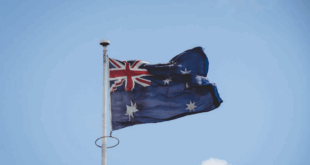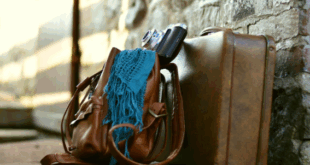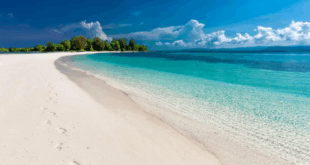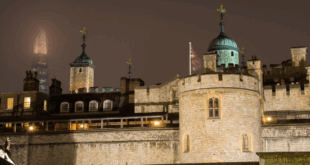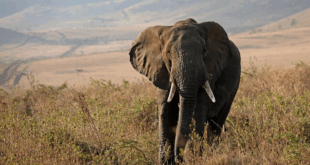As heatwaves become more frequent and intense in many parts of the world, so does the risk of sunburn and skin damage from ultraviolet (UV) radiation. But how do you know when it’s too risky to be outside? That’s where the UV Index comes in—a simple yet vital tool for protecting your skin.
What Is the UV Index?
The UV Index (UVI) is an international standard that measures the strength of ultraviolet radiation from the sun at a particular time and place. It tells you how likely you are to get sunburned if you’re outside without protection.
UV Index Scale:
| UV Index | Risk Level | Recommendations |
|---|---|---|
| 0–2 | Low | Safe to be outside without protection |
| 3–5 | Moderate | Use sunscreen, seek shade at midday |
| 6–7 | High | SPF 30+, protective clothing, avoid sun |
| 8–10 | Very High | Limit time outdoors, full protection |
| 11+ | Extreme | Stay indoors or cover up completely |
During a heatwave, UV levels can spike—especially between 10 AM and 4 PM—increasing the risk of sunburn, dehydration, and even long-term skin damage.
Why Heatwaves Make UV Exposure More Dangerous
Heatwaves bring:
- Clearer skies, meaning less cloud cover to block UV rays.
- Higher ground temperatures, which can make sun exposure feel even more intense.
- Longer daylight hours, increasing the duration of exposure risk.
Even though temperature and UV levels aren’t the same, they often rise together in heatwaves, creating a double threat: heat exhaustion and sunburn.
How to Prevent Sunburn in a Heatwave
1. Check the UV Index Daily
- Use weather apps or sites (like the EPA, WHO, or local meteorological services) to get UV forecasts.
- Plan outdoor activities during low UV hours, like early morning or late afternoon.
2. Apply Sunscreen Properly
- Use broad-spectrum SPF 30+ or higher.
- Apply 20–30 minutes before going outside, and reapply every 2 hours (or after swimming/sweating).
- Don’t forget often-missed areas: ears, neck, back of hands, and feet.
3. Wear Protective Clothing
- Choose lightweight, long-sleeved shirts, wide-brimmed hats, and UV-blocking sunglasses.
- Some clothes are made with UPF (Ultraviolet Protection Factor) for extra shielding.
4. Seek Shade
- Avoid direct sunlight between 10 AM and 4 PM, when UV rays are strongest.
- Use umbrellas, tree cover, or pop-up shelters if you’re outdoors for extended periods.
5. Stay Hydrated
- While hydration doesn’t prevent sunburn directly, it helps your skin recover and protects against heatstroke—another serious risk in heatwaves.
Special Care for Kids and Vulnerable Groups
- Children, the elderly, and people with fair skin or certain medical conditions are more prone to sunburn.
- Extra caution is needed for babies under 6 months—keep them out of direct sunlight entirely.
Myths to Avoid
- “It’s cloudy, so I won’t get burned.” Up to 80% of UV rays can pass through clouds.
- “I only burn at the beach.” UV radiation reflects off surfaces like water, sand, pavement, and even grass.
- “Tanning protects me from burning.” A tan is a sign of skin damage—not protection.
Final Thoughts
Understanding the UV Index and taking simple precautions can make a huge difference in staying safe during a heatwave. Sunburn isn’t just a temporary discomfort—it increases your risk of premature aging, sunspots, and skin cancer over time.
So the next time a heatwave rolls in, remember: check the UV Index, cover up, use sunscreen, and stay smart in the sun.
 Travellers Club The Travellers Club, a free to join on-line club for everyone who loves to travel.
Travellers Club The Travellers Club, a free to join on-line club for everyone who loves to travel.

